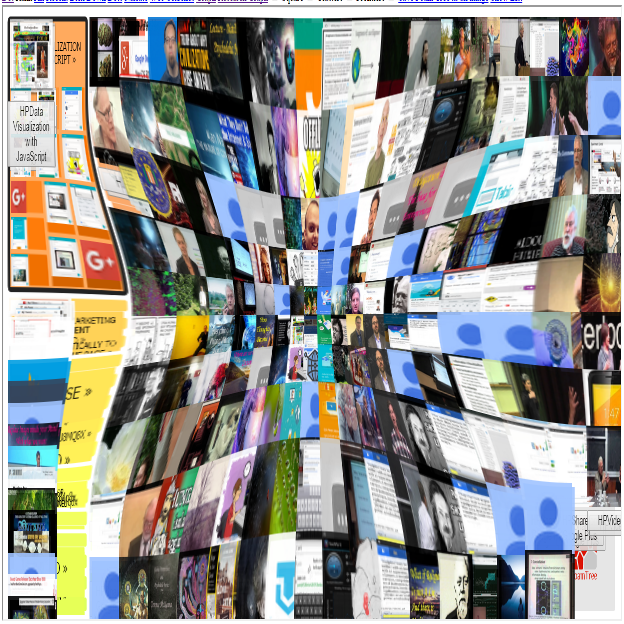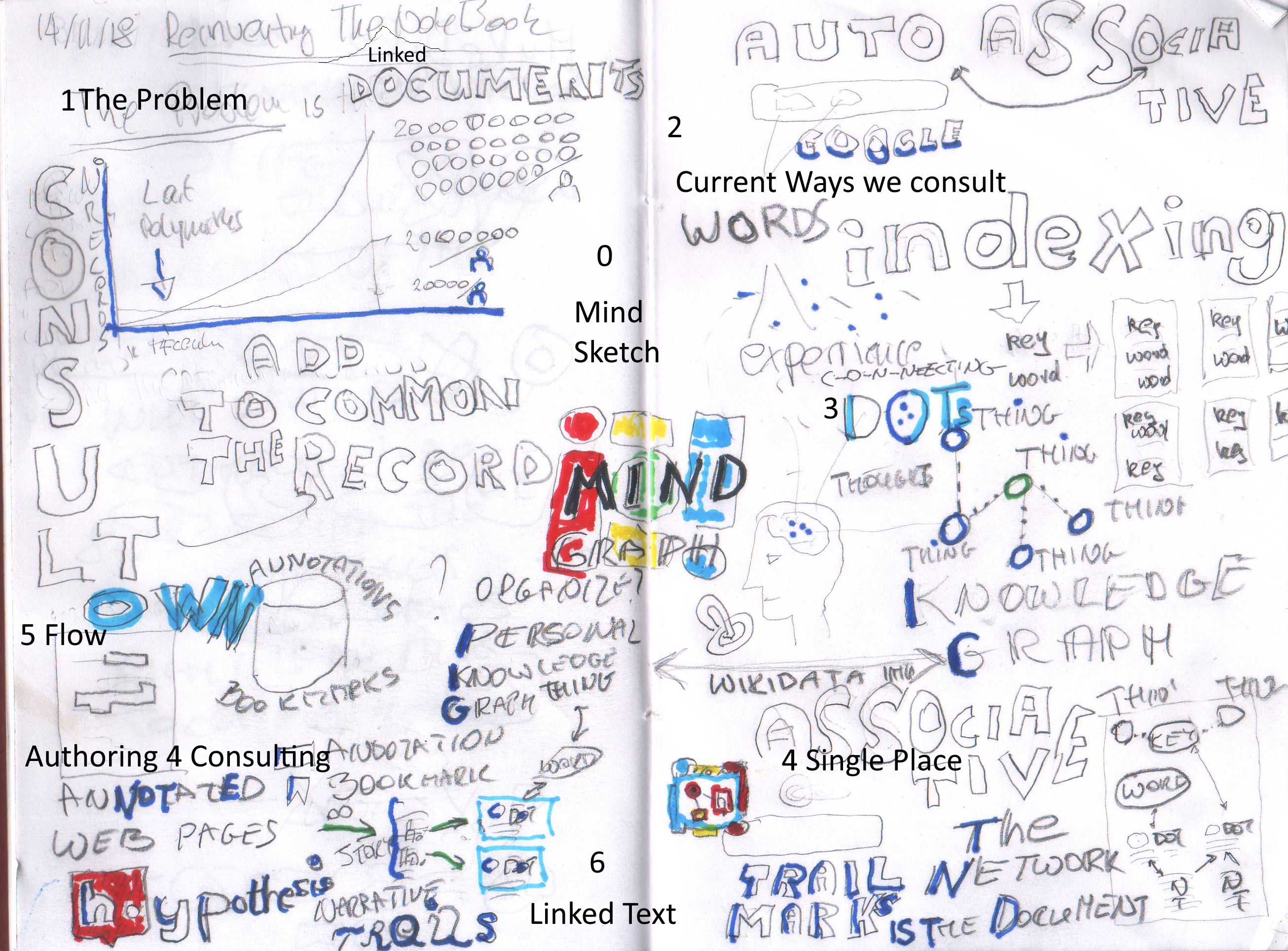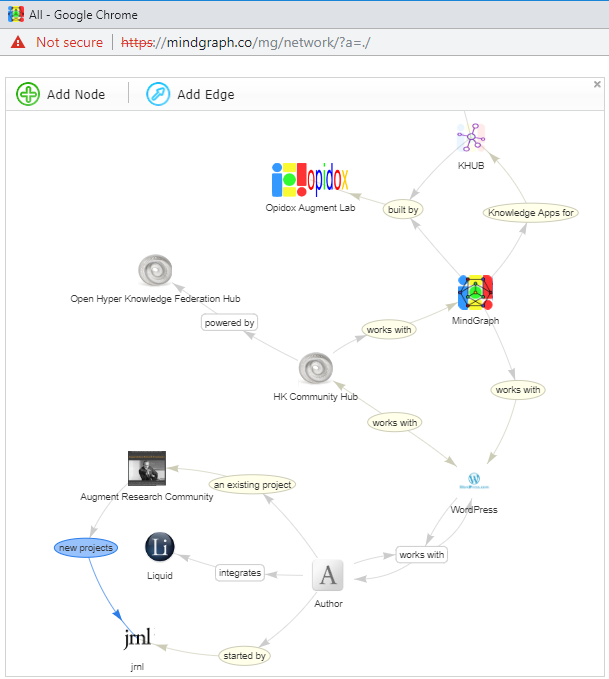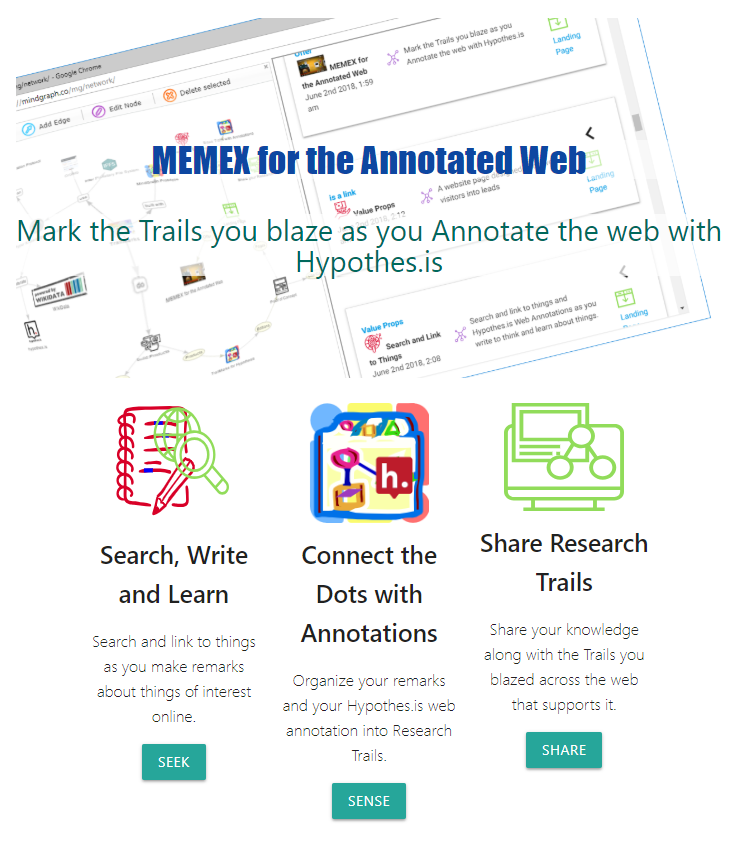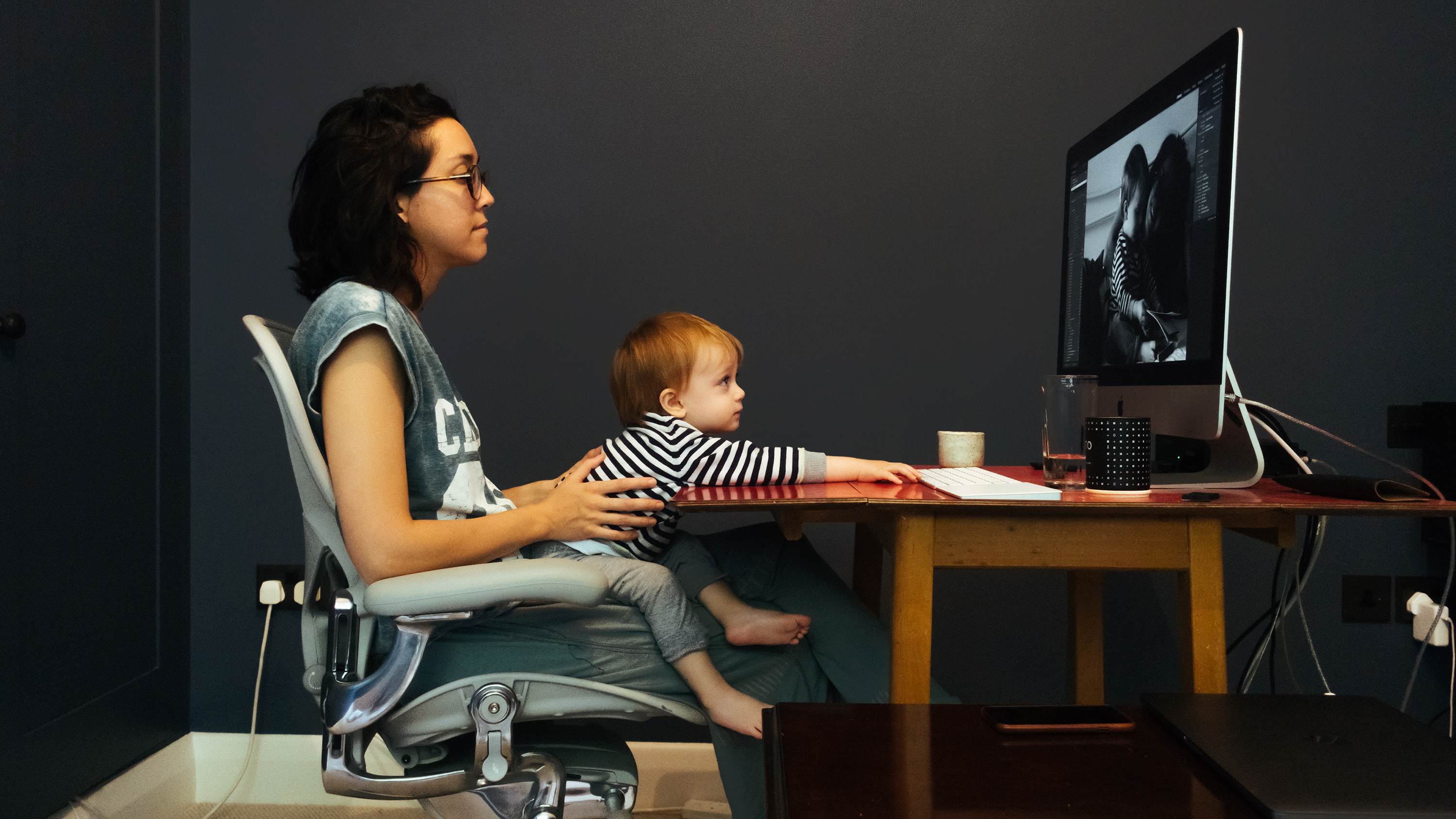The “htx” parts in digital_publishing_workflow_tools with the earlier predecessor automated_digital_publishing comprise the early stages of a system that implements an abstract capability architecture standard (think POSIX) around the notion of small, independent tools/components supporting each other to perform higher-level operations. The goal is to build an Open Hypertext System for document aspects to follow later once the foundation is in place. Integration can happen by adding a capability implementation or the whole system to an existing application or to call it as an external function/service. Another way would be to register an existing application or capability as the implementation for the system to invoke it, which requires the conformance of…
-
-
How should we work together?
I suggest that all of us put forth a proposal of how we should work together from now on, with whatever level of involvement you are comfortable with and how we want to integrate. I also think we should honour the question from the 8th of December to guide our effort: What problem are we trying to solve? Personally I think we are trying to solve the problem of small, distributed teams working together, in other words; how we can work together better. By better I mean getting a greater understanding of what the other team members are doing and the status of our common work, through less effort and…
-
Liquid | Author Integration
Liquid | Author is a macOS word processor which is integrated with Liquid | Flow and which can export to PDF and Word as well as Publish to WordPress. You can learn more and try it yourself at www.liquid.info Author & Flow can publish in specific ways to WordPress, to support Glossaries and can also import and show information. What would you like to do with this word processor?
-
after the 9th
We had a fantastic Saturday together on the 8th, with many participating in person and Gyuri, Timour, Irina and Shane joining us online: thefutureoftext.org/8-december-2018.html The 9th was marked by a large celebration at the Computer History Museum, where we all demoed alongside such luminaries as Ted Nelson and Tim Berners-Lee: So where do we go from here? We have all had some time to settle down from the events (and the work leading up to them), so we now need to decide how to move forward. It’s been suggested that we ‘eat our own dogwood’ and that we should therefore use Exaptive and KnowFlow, which I personally agree with. I…
-
Exaptive
Tools to bring together people, data and analyses to support collaborative communities and boundary crossing interactions. Longer Description The Exaptive Platform is a set of tools for facilitating cross-disciplinary innovation. The Exaptive Studio is a modular programming environment that makes it easier for the tools and techniques from one discipline to be applied in other fields and creatively appropriated for other use-cases. The Exaptive Cognitive City leverages metadata from the Studio, as well incorporating metadata from other external sources, to dynamically build networks based on the work people do and to recommend collaboration and teams optimized for ideation and innovation. Related to Doug’s Vision Doug dedicated his career to the vision that humans and computers working together…
-
visual
Short Definition: a short defition Long Definition: a long one This is a: test, This terms relates to previous terms: Related websites:
-
TrailMarks Post on TrailMarks
Blaze trails with @TrailMarks as you search and annotate the web using @hypothes_is . Link annotations to your narratives as you “connect the dots”. Share narrative trails as posts with searchable HyperMaps giving the “entire scaffolding by which they were erected”. “Eventually everything connects — people, ideas, objects. The quality of the connections is the key to quality per se.” charles eames Trailmarks lets you extend the frontiers of your knowledge as you blaze trails across the Web annotated by Hypothes.is. In collaboration with the Liquid Space project we are aiming to turn WordPress into a community-knowledge sharing platform. Like the MEMEX, TrailMarks let’s you weave narrative trails to augment your ability to understand and to be…
-
Emily Hegland
Short Definition: Frode Hegland’s wife Long Definition: Emily is also the mother of Edgar. This is a: person, woman, mother, british This terms relates to previous terms: Related websites:
-
Liquid Space Layout and interaction suggestions
This is the suggestion for the top right dialog: View Scale should ideally be text but on mouse over becomes a slider Reset View Save All (Quine) Delete All Copy Current Layout should put layout into Clipboard Upload Layout should upload from Clipboard Connect to Graph should open, as below Suggestion for menu on Mouse over: When clicking Connect to Graph the dialog should fold open and display seeds and also a dialog for adding a URL manually. I suggest rectangular icons for the seeds since that conveys more drag-than lozenge:
-
Graph API
This is a first explanation of the Graph API that I’ve added to this blog to allow it to be explored within our Liquid Space interface. To try it out, go to http://liquidspace.global/ and use the [G] icon in the tools menu, and enter this “endpoint” https://jrnl.global/wp-json/graph-api/v1/query This lets you explore this blog as a graph. Currently it’s really inefficient in several ways, but the ways to optimise it are obvious, but not worth worrying about until after our Demo in December. It also has a feature that lets you request a list of types from the blog, and retrieve nodes by type. I think I want to get rid…
